Leonard Peltier aka The Movie Billy Jack
I Stew Webb meet Leonard Pettier in Prison in 1992 in Englewood Colorado being held as a Political Prisoner. Leonard was being transferred from Illinois Fed Prison to The New Super Max in Pueblo Colorado 3 stories underground no human contact to make prisoner go insane. 007 Super spook Otis Johnson and ___who busted John Gotti shared the same Prison cell in Protective Custody told me go talk with Leonard Peltier he is innocent. Peltier reported to so called good FBI Agents that Bad FBI agents were turning back oil meters for George HW Bush and the good FBI Agents were killed by the Bad FBI Agents they caught turning back the meters so Bush could steal the Indian Reservations Oil. Peltier and others were accused of Murder of Federal agents this is exactly what Leonard Peltier told me the same thing Super Spook 007 Otis Johnson and A new York cop assigned to the CIA to bust John Gotti who was Laundering his drug money from New York to my ex witch doctors father Leonard Millman’s Silverado Savings and Loan Denver Colorado Neil Bush Director the President’s son.—Stew Webb
Ramsey Clark former US Attorney General AIA Center represents Leonard Peltier and cannot get an innocent man out of jail.-Stew Webb US Federal Whistle blower
https://biography.yourdictionary.com/leonard-peltier
American Indian rights activist Leonard Peltier (born 1944) was convicted in the shooting deaths of two Federal Bureau of Investigation (FBI) agents at Pine Ridge Indian Reservation in South Dakota.
Driving at top speed and unannounced into a remote community at the Pine Ridge Indian reservation in South Dakota was an imprudent decision for two FBI agents to make on June 26, 1975. Yet that’s exactly what agents Jack Coler and Ronald Williams did that day, in pursuit of an Indian youth on a minor theft complaint. It was almost predictable that gunfire would result: The reservation—desperately poor, and home to 10, 000 Lakota Sioux—was a cauldron of violence and fear. The legendary 71-day siege at Wounded Knee had happened there just two years before. By 1975, American Indian Movement (AIM) members camped out at the Jumping Bull community were engaged in a full-blown war between full-blood and mixed-blood residents of Pine Ridge.
“Traditionals” trying to return the tribe to its original culture were battling “progressives.” Mixed bloods, with apparent support from the FBI and Bureau of Indian Affairs (BIA) police, were fighting to maintain power. And mixed blood tribal council president Richard Wilson was allegedly using a private army, his so-called GOON (Guardians of the Oglala Nation) squad, to commit violence to hold onto his power over BIA funds and negotiations for uranium mining contracts. Over 60 unsolved murders between May of 1973 and June of 1975, including those of women and children, gave this period the name “the reign of terror.” It also gave Pine Ridge the highest per capita murder rate in the United States—and the highest ratio of FBI agents to citizens.
Amidst this frightening environment agents Coler and Williams met their deaths, close-up and execution-style. Also shot to death, with a bullet through his forehead, was young tribal member Joseph Stuntz. Exactly who provoked the shootout is still unknown. But the violence that day created one of the best known political prisoners of our time: Leonard Peltier, incarcerated for two life terms at Leavenworth Federal Penitentiary in Kansas. Peltier says he didn’t kill Coler and Williams and has support in his campaign for clemency—or, at the least, a new trial—from the likes of Amnesty International, 50 Congressional representatives, filmmakers Michael Apted and Robert Redford, and over a hundred support groups worldwide—even the Eighth Circuit Court of Appeals judge who—on legal technicalities—rejected Peltier’s case.
On June 26, 1994, a crowd estimated at 3, 000 demonstrated peacefully in Washington, D.C., for Peltier’s freedom. A month later, a 3, 800-mile Walk for Justice culminating in the capital featured meetings with sympathetic senators. Petitions for clemency with more than half a million signatures had already been delivered to the White House in December of 1993—though Peltier’s parole board had told him he must serve an additional 15 years to be reconsidered for release. The board cited “the nature of [Peltier’s] offense” as the reason for its severity. But just what, exactly, Peltier’s offense was unclear.
Peltier, an Indian of Chippewa, Cree, Lakota, and French descent, was born on September 12, 1944, in Grand Forks, North Dakota. The son of Leo and Alvina Peltier, he was raised by paternal grandparents Alex and Mary Peltier, who took him briefly to Butte, Montana, where his grandfather worked in logging and the copper mines. The family relocated again to Turtle Mountain reservation in North Dakota, where Peltier lived until he was nine. He was then sent to Wahpeton Indian School about 150 miles away, and experienced the typical brutal education Indian children endured in those days—separated from their culture, forced to speak English and to live in the white man’s world.
Peltier stayed at the school through the ninth grade. Later in life he would pick up his education again, completing his general equivalency degree. As a young man in his twenties, Peltier worked as a welder, construction laborer, and at an auto shop he co-owned in Seattle. The partners used the upstairs room as a halfway house for other Indians coming out of prison or in need of alcohol counseling. Their generosity eventually led to financial ruin. During these years he married twice and fathered seven children; he also cared for two more children who were adopted.
Peltier has said he was politicized by the 1958 takeover of the BIA building at Turtle Mountain. He was not present at Wounded Knee but was at a similar takeover at Fort Lawton. Early on, he joined the American Indian Movement, journeying to Pine Ridge Reservation to help out in response to the tensions there between traditionals, mixed bloods, and federal authorities. As part of that action, Peltier was one of the AIM members who moved onto the property of an elderly couple, the Jumping Bulls, and set up what they called a “spiritual camp, ” though their obvious purpose was to protect traditionals from tribal president Wilson’s men. The group, which former FBI chief Clarence Kelly would later describe in court as nonviolent, advocated sobriety and performed community improvement tasks.
The morning of June 26, 1975, the then-30-year-old Peltier has said, was warm and beautiful. In a statement released by his defense committee, Peltier says he remembers lying in his tent, enjoying the weather and listening to women laughing and gossiping outside as they prepared breakfast. When he heard gunfire, he at first he dismissed it as practice shooting in the woods. Then he heard screams. He says he grabbed his shirt and rifle and started running for the houses nearby where he feared the Jumping Bulls might be trapped.
The two FBI agents meanwhile had driven down a dirt road into the compound in separate cars in pursuit of young Jimmy Eagle, who was accused of stealing a pair of cowboy boots. Eagle, the agents radioed, was driving a red pickup truck. But soon their routine messages turned panicky. “If you don’t get here quick, we’re gonna be dead, ” the agents radioed in to the FBI in Rapid City. A third agent, Gary Adams, who was in the area, immediately sped to the site.
Gunfire erupted. AIM members Bob Robideau and Norman Brown, who were at the compound, said that the agents fired first and that they fired back. Others joined in. Coler was hit first in the arm. The FBI says that Coler and Williams, who only had .38s, were trying to get their rifles from the trunk. Robideau later said the AIM members didn’t know the men were agents. Williams, who put up his hand as if to ward off an attack, was shot through his hand into his head at close range. Coler was also shot through the head. And Stuntz was killed in the crossfire as well—though his death was never investigated.
Adams, who at first reported he saw a red pickup exiting the compound at 12:18 p.m., arrived shortly thereafter and reported heavy gunfire. He was soon joined by 350 U.S. marshals, FBI agents, and BIA police, who began a massive manhunt.
Charged in the agents’ deaths were Robideau, Darrelle Butler, Jimmy Eagle, and Peltier. But at first these men attempted to evade the law: together with the other armed AIM members, they fled to higher ground, where, they later said, they prayed for the safe journey of the three victims’ spirits to the next world. For awhile they hid out at the home of an old man named Crow Dog. Within days, Butler and Robideau had been arrested; Peltier made it over the border to Canada.
There, on February 2, 1976, he too was arrested. But negotiations for his extradition were delayed, so the judge, Edward McManus, decided to go ahead with the trial of Robideau and Butler (charges against Eagle had been dismissed) in Cedar Rapids, Iowa, that June. Many sources describe what followed as a miscarriage of justice.
The government had the task of proving that the defendants aided and abetted the killings, which by law made them as guilty as the person who fired the fatal shots. But the defendants argued that they fired in defense, and blasted the prosecution’s weak circumstantial evidence. The star witness, a man named James Harper, who claimed he’d heard Butler boasting of the crime in jail, was also discredited: His landlady came forward to call him a low-life and a liar. When the jury’s verdict came back “not guilty, ” the Indian community celebrated joyously.
AIM supporters assumed they now had nothing to worry about with Peltier; his extradition was arranged in December of 1976. But there was an undercurrent to events. The prime evidence the government had to support its extradition case was a trio of affidavits from an Indian woman named Myrtle Poor Bear, who was widely believed to be mentally unstable. The affidavits were suspiciously inconsistent: In the first one she said she wasn’t even at Jumping Bull compound; in the second she said she was there with Peltier and was his girlfriend; in the third she supplied even more “details.” Poor Bear today says the affidavits were a sham. In the documentary Incident At Oglala, the overweight, gap-toothed woman says agents threatened to take away her daughter and told her, “We’ll put you through a meat grinder.” Added Poor Bear in the film: “I didn’t even know Leonard; I didn’t know what Leonard looked like til I met him in the courtroom.”
Peltier’s 1977 trial was moved to Fargo, North Dakota. The jury was all white; and the first judge, at Cedar Rapids, was replaced by Judge Paul Benson, who had been reversed by the Eighth Circuit Appeals Court for making anti-Indian statements during at least one of his previous trials. In fact, Benson repeatedly ruled against the defense during Peltier’s trial.
This time government prosecutors also adopted a more aggressive strategy, apparently reasoning that the jury needed to be reminded that the agents were shot at point-blank range; bloody crime scene photos were repeatedly displayed. Witness Mike Anderson testified that he saw Peltier’s vehicle pursued into the compound, that Peltier got out and shot the agents. Prosecutors also showed jurors a .223 shell casing they said had been found in Coler’s car trunk; it came from an AR-15 traced to Peltier. Jurors were convinced: Peltier was convicted and sentenced to two consecutive life terms.
A long series of unsuccessful appeals followed. Oral arguments before the Eighth Circuit Appeals Court in 1985 were not successful; the court did not believe that the legal test for reversal had been met. But the court did conclude a year later that the FBI’s suppression of information “cast a strong doubt on the government’s case.”
One source of doubt was the government’s claims about the shell casing. The defense sought a retrial on the grounds that documents obtained from FBI files under the Freedom of Information Act included, among other suppressed evidence, an October 2, 1975, teletype from an FBI ballistics expert stating that the gun alleged to have been Peltier’s contained a “different firing pin” than that used in the killings. The report was based on tests carried out on bullet casings found at the murder scene. At a district court hearing in 1984 ballistics expert Evan Hodge testified that the teletype referred to other casings found at the scene. But the defense submitted additional evidence showing that Peltier’s alleged gun had been eliminated as the murder weapon.
Another source of doubt was the red pickup truck supposedly driven into the compound, with agents Coler and Williams in pursuit. On the witness stand, Agent Gary Adams reneged his original description of events, saying he’d seen a red and white pickup truck leaving the scene at 1:26 p.m. (not a red pickup at 12:18 p.m., as he’d originally testified). Defense lawyers said this allowed the government to pin the FBI killings on Peltier, who owned a red and white suburban van, present at the encampment.
Perhaps the strongest inconsistency came from the government’s own admission: prosecutor Lynn Crooks told the appeals court that although the government tried Peltier for first degree murder, naming him as “the man who came down and killed those agents in cold blood, ” it did not really know this to be true. Crooks defended this statement at a 1991 court hearing, pointing out how aiders and abettors are punishable to the same degree as principals. After the trial and after Peltier’s conviction, the government seemed to be changing its theory to make Peltier an aider and abettor rather than the premeditated murderer it had originally called him. Said Crooks in court: “My personal perspective is that [Peltier] went down and blew those agents’ heads off. All evidence pointed to that. But we didn’t prove it.”
Adding to the murkiness of the case was a 1990 interview with a witness referred to as “Mr. X, ” conducted by journalist Peter Matthiessen (author of In the Spirit of Crazy Horse, a 1983 book about the Peltier case that was barred from publication for eight years by unsuccessful libel suits brought by an FBI agent and the governor of South Dakota). Mr. X told Matthiessen it was he who had fired the fatal shots, though he would not come forward, believing that he had acted in self-defense.
Along with the heavy media coverage of the July, 1991 hearing, other events coalesced that year: Appeals Judge Gerald Heaney, who’d written the Eighth Circuit Opinion, appeared on the CBS show West 57th, calling the Peltier case “the toughest decision I ever had to make in 22 years on the bench.” Heaney also wrote an extraordinary letter to Hawaii senator Daniel Inouye, chairman of the Senate Committee on Indian Affairs, noting the “possibility that the jury would have acquitted Leonard Peltier had the records and data improperly withheld been available to him in order to better exploit and reinforce the inconsistences casting strong doubts upon the government’s case.”
Inouye made an overture to then-President George Bush for a commutation. Fifty Congressmen signed a “friend of the court” brief on Peltier’s behalf. And Amnesty International, year after year, has kept Peltier on its political prisoners list, citing not just the AIM leader’s case but “FBI misconduct” in the trials of other AIM members. Others have collected evidence of government collusion in the ambush murder of Oglala Sioux civil rights leader Pedro Bissonnette, the execution of AIM member Anna Mae Pictou Aquash, and numerous assassination attempts against AIM leader Russell Means.
During a parole hearing in December, 1995, prosecuter Lynn Crooks admitted again that no evidence exists against Peltier, further stating the the government never really accused him of murder and that if Peltier were retried, the government could not reconvict. Nevertheless, the Parole Board decided against granting parole because Peltier continues to maintain his innocence and because he was the only one convicted. Although this reasoning sounds ridiculous, it has thus far held up, and a petition for executive clemency remains unanswered three years after being filed with the Department of Justice.
Peltier, meanwhile, remains in prison, and continues his appeal. He has become an accomplished artist of Native American themes; his paintings, which sell for as much as $6, 000, bring money in for his defense committee. Peltier also is engaged to defense team member Lisa Faruolo. He has said through Faruolo that if released he will continue to work for economic investment and social services on the reservation. “Right now, I’m being stored like a piece of meat, ” Peltier said in the Incident at Oglala documentary. But, he added, “I’ve got my dignity and self-respect, and I’m going to keep that, even if I die here.”



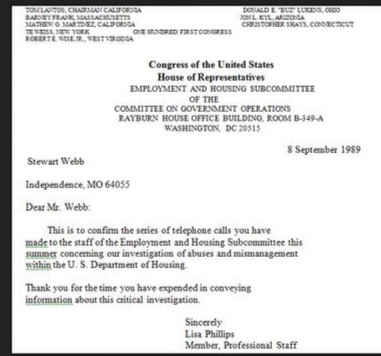
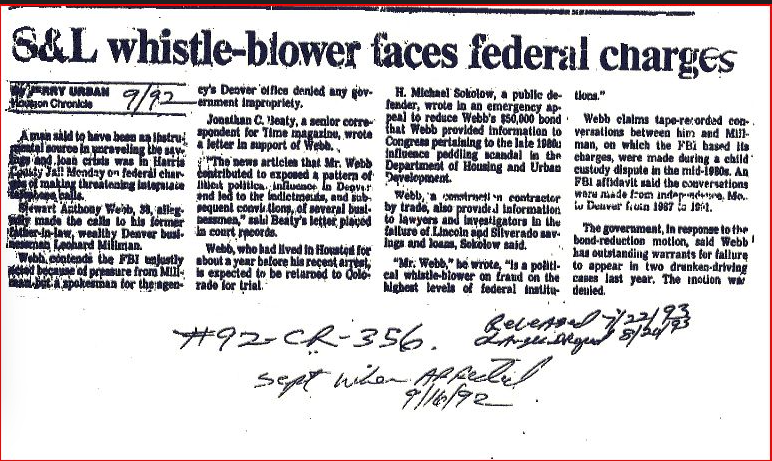
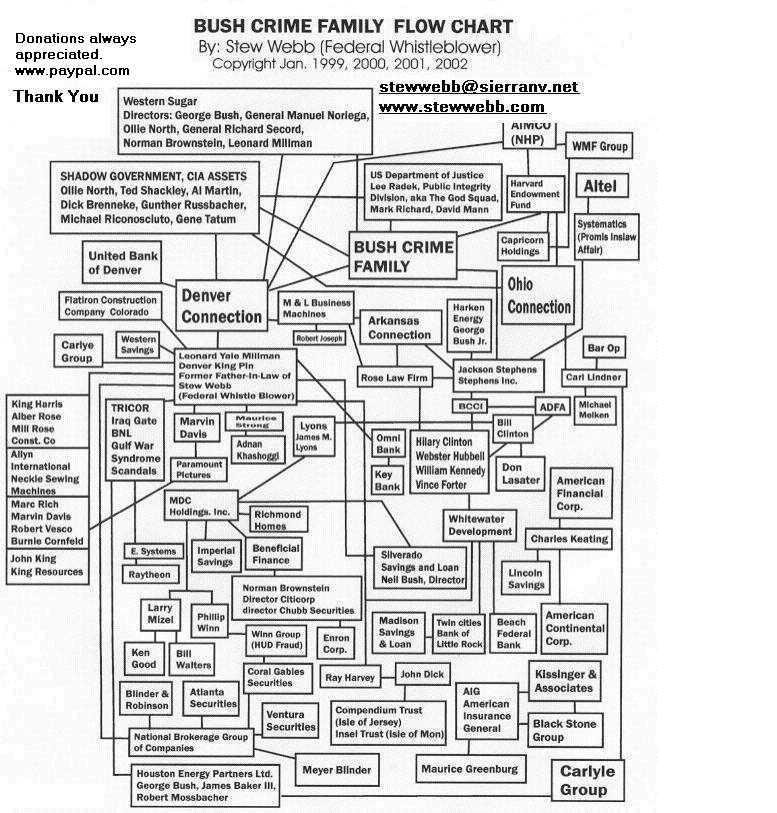
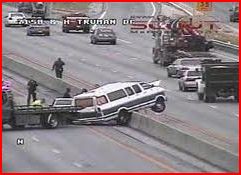

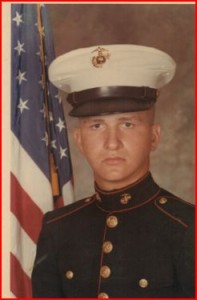


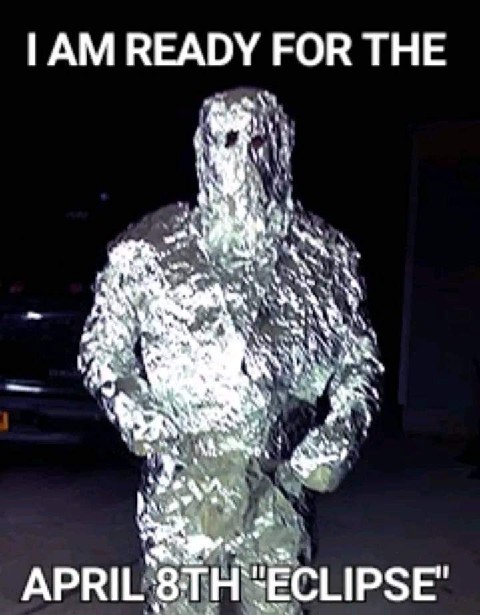
.jpg)

